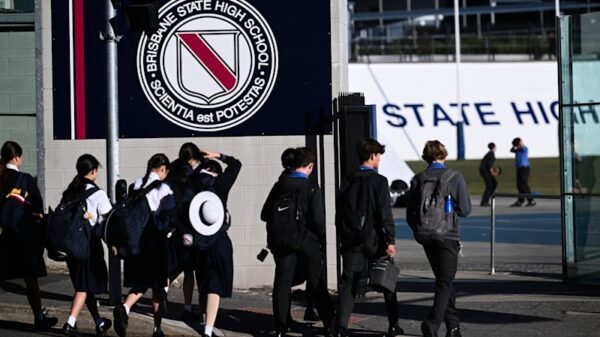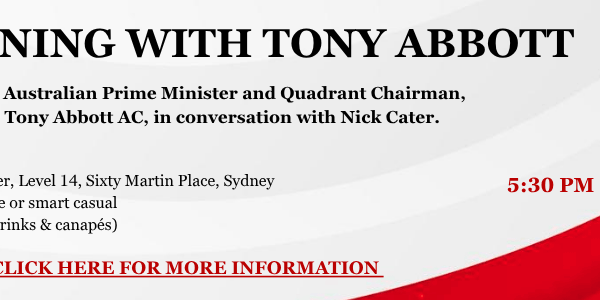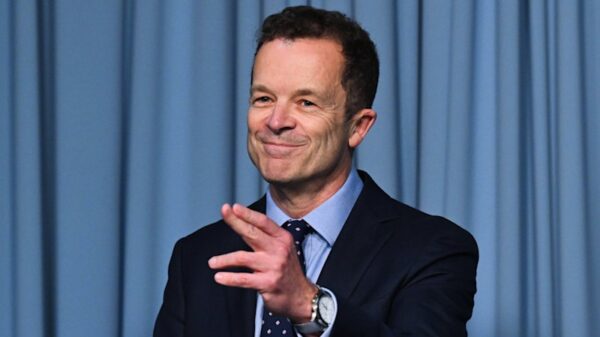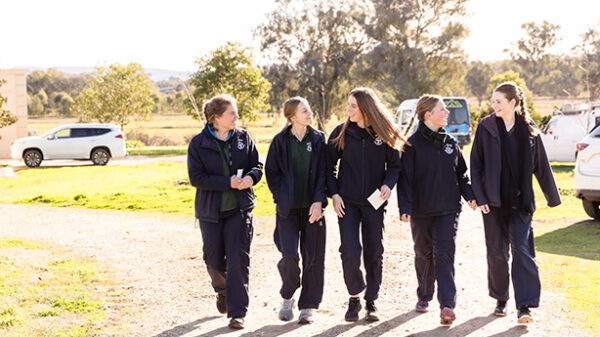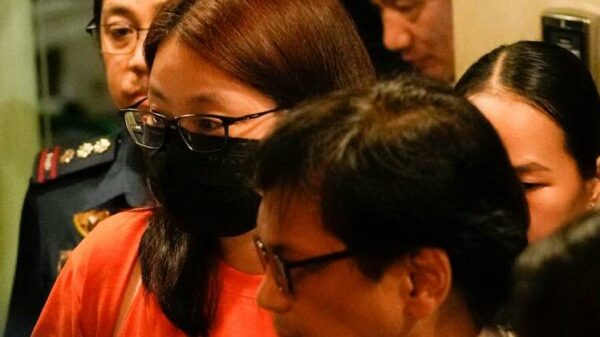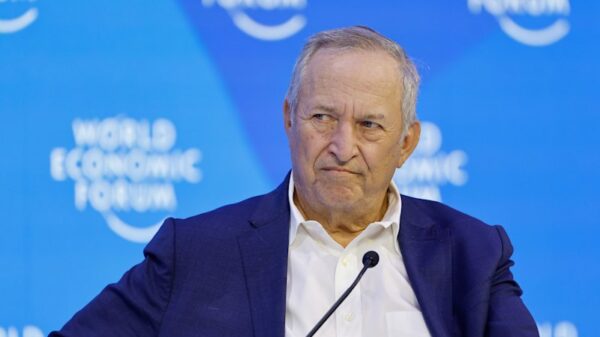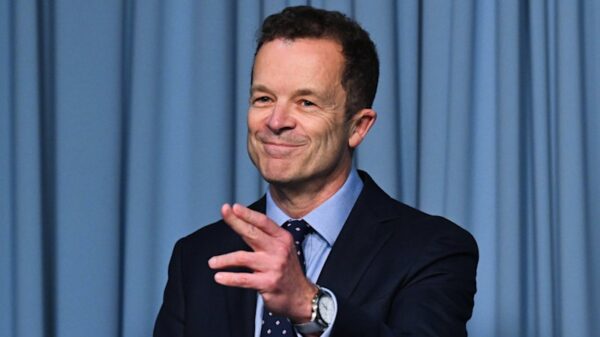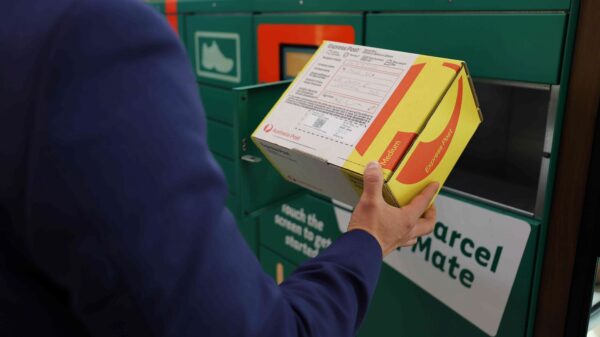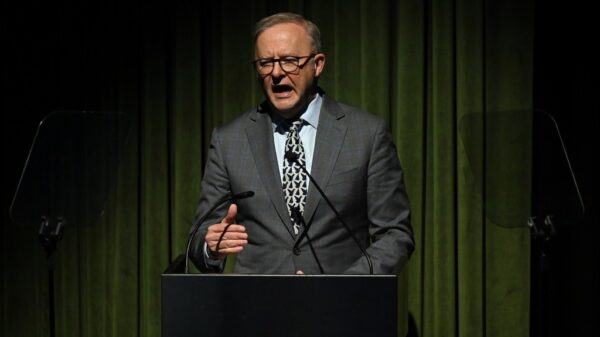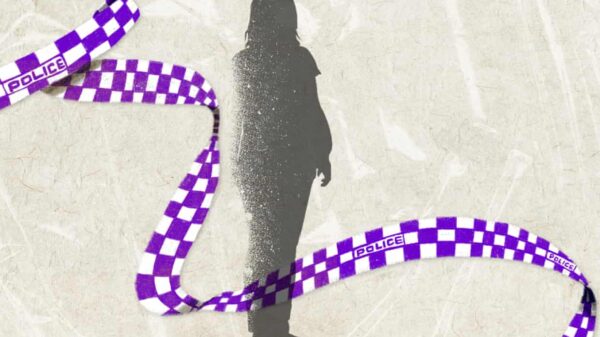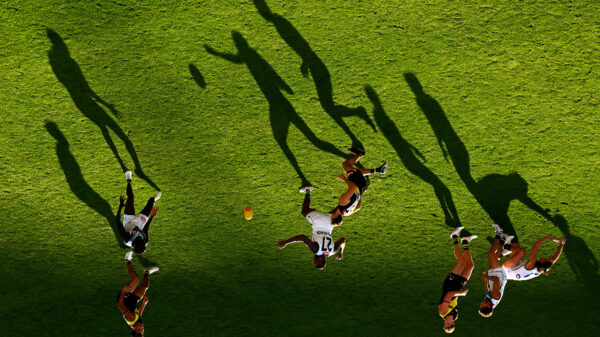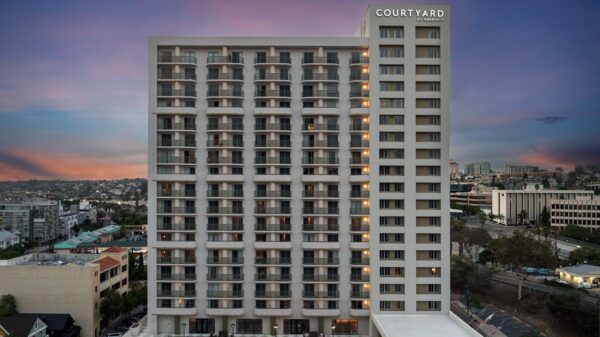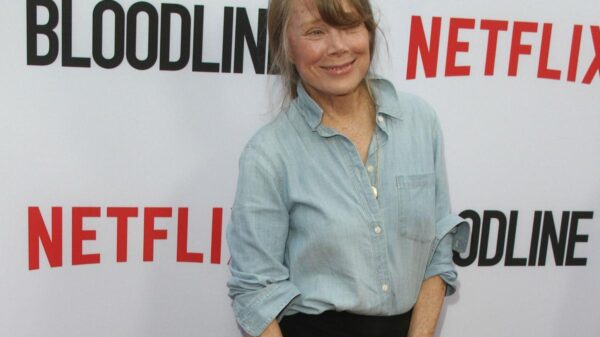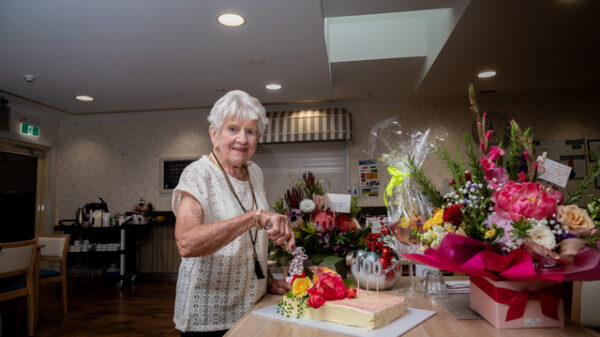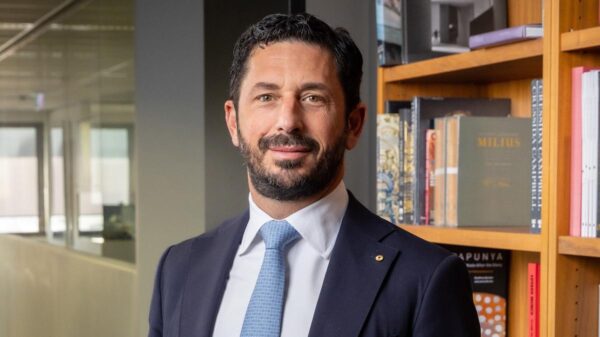Annual tuition fees at some of Brisbane’s most prestigious private schools have surpassed the significant threshold of $35,000, marking a notable trend in educational costs. Following the lead of Brisbane Grammar School, which first crossed this barrier last year, both Brisbane Boys’ College and Anglican Church Grammar School (commonly known as Churchie) are now implementing increases that will elevate their fees to $36,492 and $36,232 respectively for Year 12 students.
As the cost of education continues to rise, the average fee increase across nearly two dozen private institutions in Brisbane for 2026 is projected at over $1,100, representing an average increase of 5.8 percent. This is significantly above Brisbane’s current headline inflation rate of 4.7 percent.
Rising Costs and Economic Factors
Independent Schools Queensland (ISQ) indicated that the factors driving these fee increases include the financial positions of families, operational costs of the schools, and broader economic conditions. Chris Mountford, ISQ’s chief executive, emphasized the challenging position of independent school boards, stating that they must ensure their institutions remain financially sustainable amid ongoing economic uncertainties and rising costs, particularly concerning staff wages.
In a recent report, ISQ revealed that a substantial 86 percent of independent school parents manage to pay fees solely from their salaries. Additionally, 7 percent rely on financial support from extended family members, while 6.4 percent use scholarships, bursaries, or loans to cover costs.
The trend of increasing tuition fees is not isolated to Brisbane. According to Associate Professor Emma Rowe, a researcher specializing in education funding, schools in other eastern capital cities are experiencing similar fee hikes. Rowe noted that there is no cap on annual fee increases, and the rising costs of education outpace those of many other consumer goods, including rent.
Impact on Families and Public Funding
The demographic of families choosing these schools is also noteworthy. Analysis suggests that the households with students at Brisbane Grammar, Brisbane Girls’ Grammar, and Churchie boast median incomes ranging from $295,000 to $343,000, significantly higher than Brisbane’s average household income of $107,000. This disparity highlights the financial strain that many families may face in accessing high-quality education.
In terms of public funding, Brisbane’s inner-city private high schools are receiving among the smallest state funding packages available this year, with amounts ranging from $2,360 to $3,370 per secondary student. Notably, Brisbane Grammar, Brisbane Boys’ College, and Churchie are receiving between $2,375 and $2,507 per student.
Rowe pointed out that the federal government’s funding system, which was altered in 2020, has affected the amount of financial assistance schools receive based on family income. While funding cuts are being phased out by 2029, many private institutions are seeking alternative ways to attract prospective families, often through enhanced facilities and programs.
The funding situation poses challenges, particularly for families hoping to secure a quality education for their children. As Rowe remarked, the appeal of advanced facilities should extend beyond the private sector, advocating for similar offerings in public education systems.
In conclusion, as Brisbane’s private schools continue to raise tuition fees significantly, many families are left navigating the financial implications. With the trend showing no immediate sign of slowing, the future of educational accessibility for all remains a critical concern.


